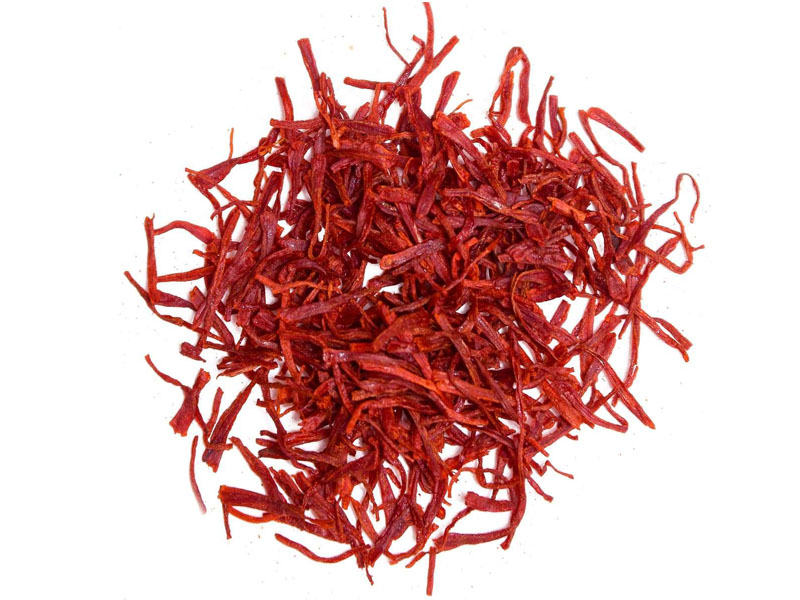Green Tea

Green Cumin
2019-10-26
Hibiscus
2019-10-26Common Name
Green Tea
Scientific Name
Camellia sinensis
History
Green tea is made from tea leaves. Green tea leaves consumption dates back to over 3000 years ago in south-western China. Most likely, it has been used for chewing and eating at the first place and gradually it’s started to be used as a drug and drink. Tea leaves steeping method preventing from oxidation, however, dates back to 8th century.
Health Benefits
1. Promoting Weight Loss
A study published in Journal of Chinese Medicine has suggested that drinking green tea and its extract after food help to lose weight as it produces heat and oxidize fat. In the study on human subjects, 6 men were given 300 g of EGCG for 2 days. According to the results, EGCG was showed to increase fat oxidation, having anti-obesity effects.
In yet another study published in the aforementioned journal, it has been shown that Catechin (a type of polyphenol) in green tea especially EGCG has anti-obesity effect, reducing individual’s weight. Results have suggested that green tea increases body heat as well as fat oxidation. It is green tea polyphenol which increases body heat, boosting fat cells metabolism.
2. Regulating Blood Cholesterol Levels
Based on a study published in Journal of Nutritional and Environmental Medicine, green tea reduces cholesterol. The study has been conducted on 240 men and women (with the average age of 55 years old) by American and Chinese researchers, showing that green tea reduces LDL cholesterol up to 15% within 12 weeks.
Another study has concluded that green tea reduces total cholesterol while increasing HDL. Polyphenols in green tea block cholesterol absorption in the intestine, reducing total cholesterol in body. It significantly decreases blood cholesterol level in smokers.
According to Okuda et al., green tea tannins inhibit cholesterol serum levels in blood. The results have shown that Catechin decreases the concentration of blood cholesterol while it increases cholesterol excretion or bile acids excretion and changes endogenous cholesterol metabolism.
3. Regulating Blood Glucose Levels
Studies of Gumez et al. have suggested that EGCG in green tea inhibit absorption of glucose in intestine with the help of sodium-glucose linked transporter 1 (SGLT1), boosting blood sugar regulation. In another Japanese study in 2004, the effects of green tea have been investigated on diabetic laboratory mice. According to the results, green tea extract has significantly lowered blood sugar. EGCG in green tea functions like insulin, lowering blood sugar in body.
4. Regulating Blood Pressure
Green tea polyphenols positively reduce blood pressure. A study published in Science Report has shown that green tea significantly lowers systolic and diastolic pressure. Another study published in the Journal of Dietary Supplements has indicated that green tea reduces blood pressure in patients suffering from type 2 diabetes. In the latter study, patients were given 3 cups of green tea per day for 4 weeks, resulting in systolic and diastolic pressure reduction.
5. Improving Liver Function
According to a meta-analysis, green tea reduces liver diseases. In a study involving 80 men and women between 20 to 50 years old, green tea consumption for 12 weeks significantly reduces liver enzyme levels including ALT and AST enzymes. It is believed that Catechin decreases oxidative stress, preventing from liver diseases.
6. Improving Cardiovascular System Function
According to a study published in the Journal of Pathology, green tea anti-oxidants lowers blood cholesterol and triglyceride, while it reduces the risk of atherosclerosis and cardiovascular diseases and stroke.
A study published in the Journal of Cardiovascular and Hematological Disorders Drug Targets has shown that green tea polyphenols are anti-inflammatory and anti-oxidant. They destroy free radicals, stop the production of inflammation markers and do not let the cells be damaged. Therefore, the risk of cardiovascular diseases is reduced.
7. Anti-cancer
Catechin in green tea is anti-inflammatory and anti-cancer. According to a study, daily consumption of green tea (10 Japanese cups of tea equal to 150 ml) has prevented from intestine cancer. EGCG in green tea is anti-cancer as it causes apoptosis and cancer cells’ death. It also plays a role in cell proliferation, inflammation, apoptosis and metastasis.
8. Improving Brain Function
Several studies on animals have suggested that Catechin in green tea protects nerve cells, and decreases the risk of Alzheimer and Parkinson.
Bioactive Compounds
Epigallocatechin gallate (EGCG), Flavonoid, Tannin, Caffeine, Polyphenol, Theophylline, Theobromine, Anthocyanin, Gallic acid.
Traditional Use
It’s been a long time that green tea has been cultivated in India, China and Japan, while being used for treatment of several diseases and disorders like improving digestion and cardiovascular system function and increasing metabolism rate. In Ancient times and Chinese traditional medicine, green tea was known to be effective for increasing alertness, improving temper, reducing stress, improving liver function, quenching thirst and treating constipation, headache and vertigo.




